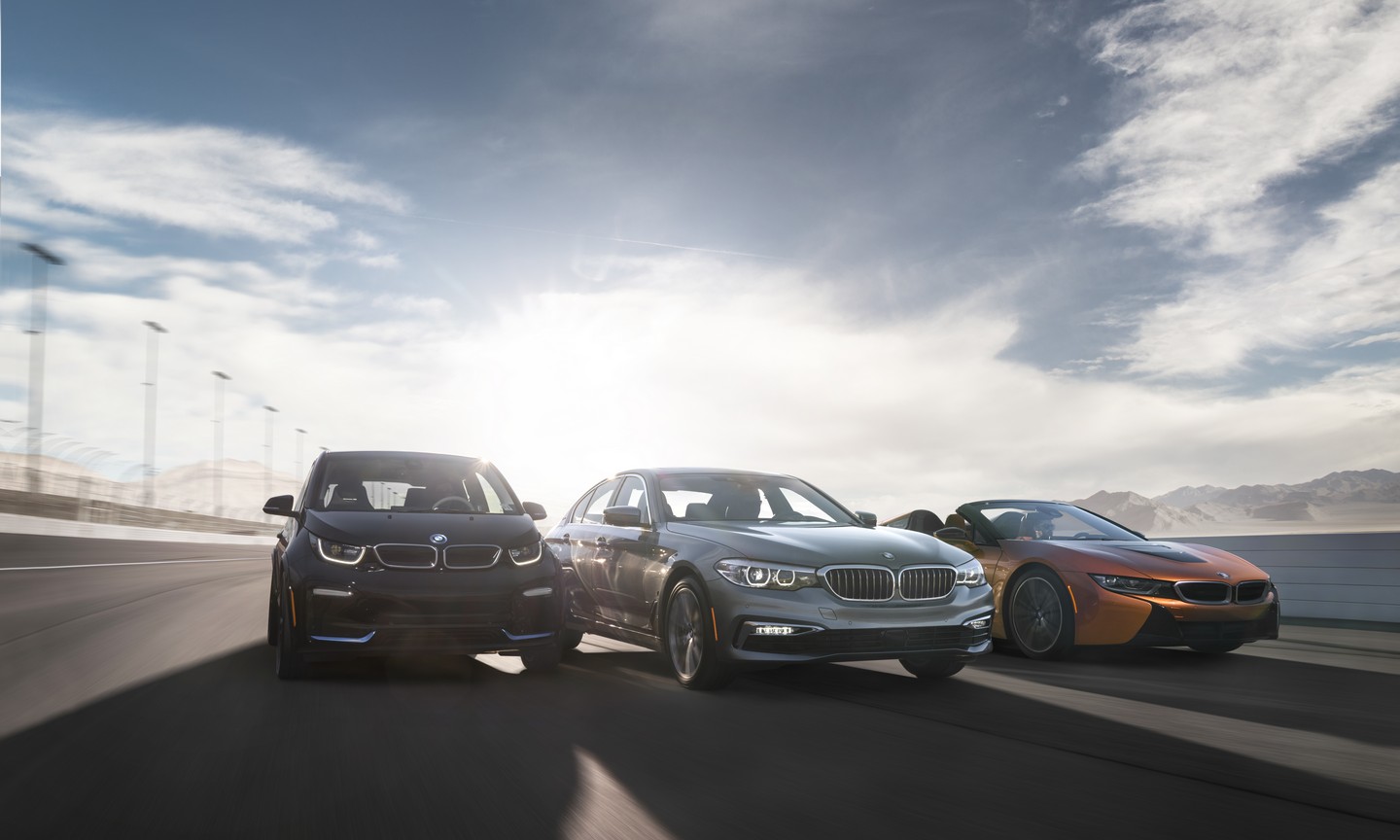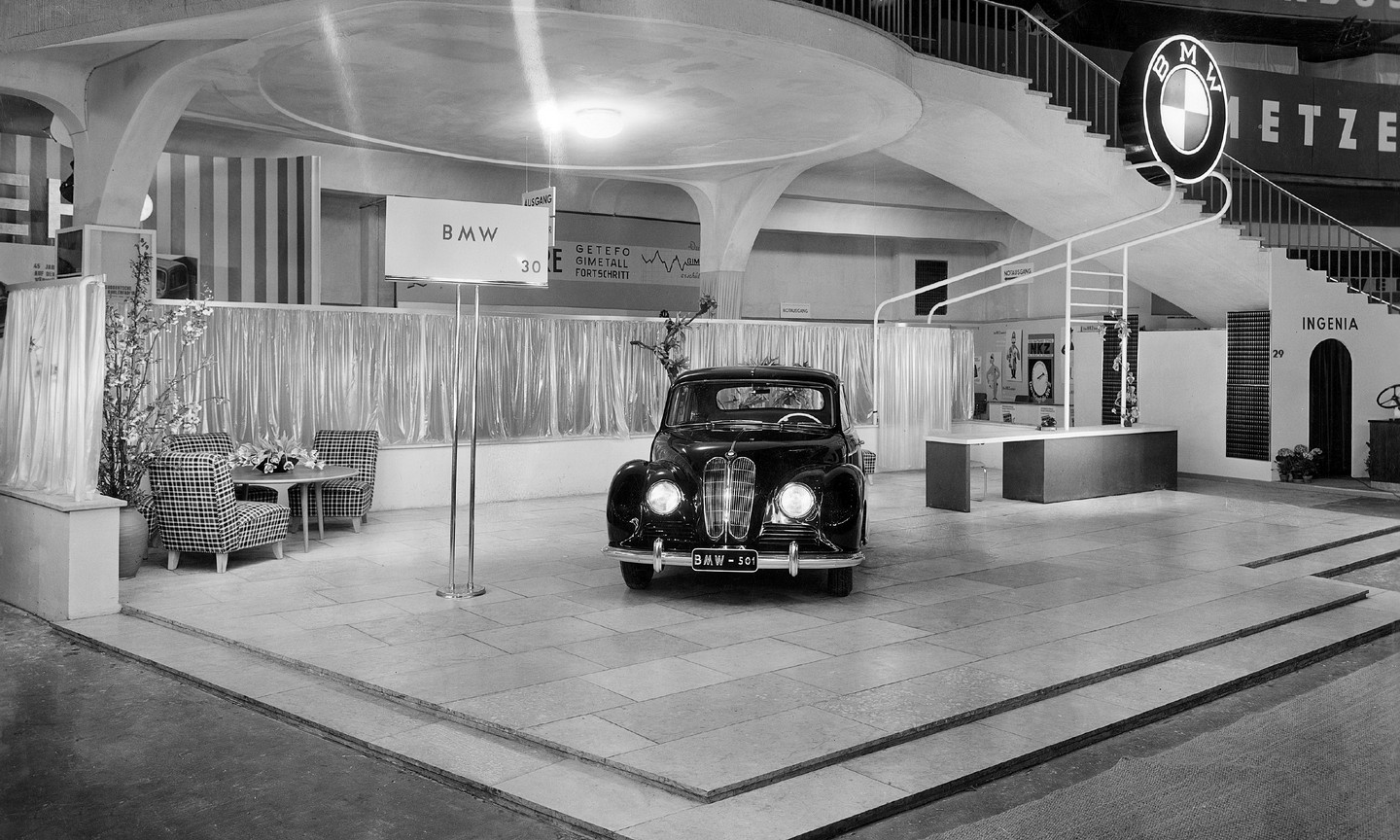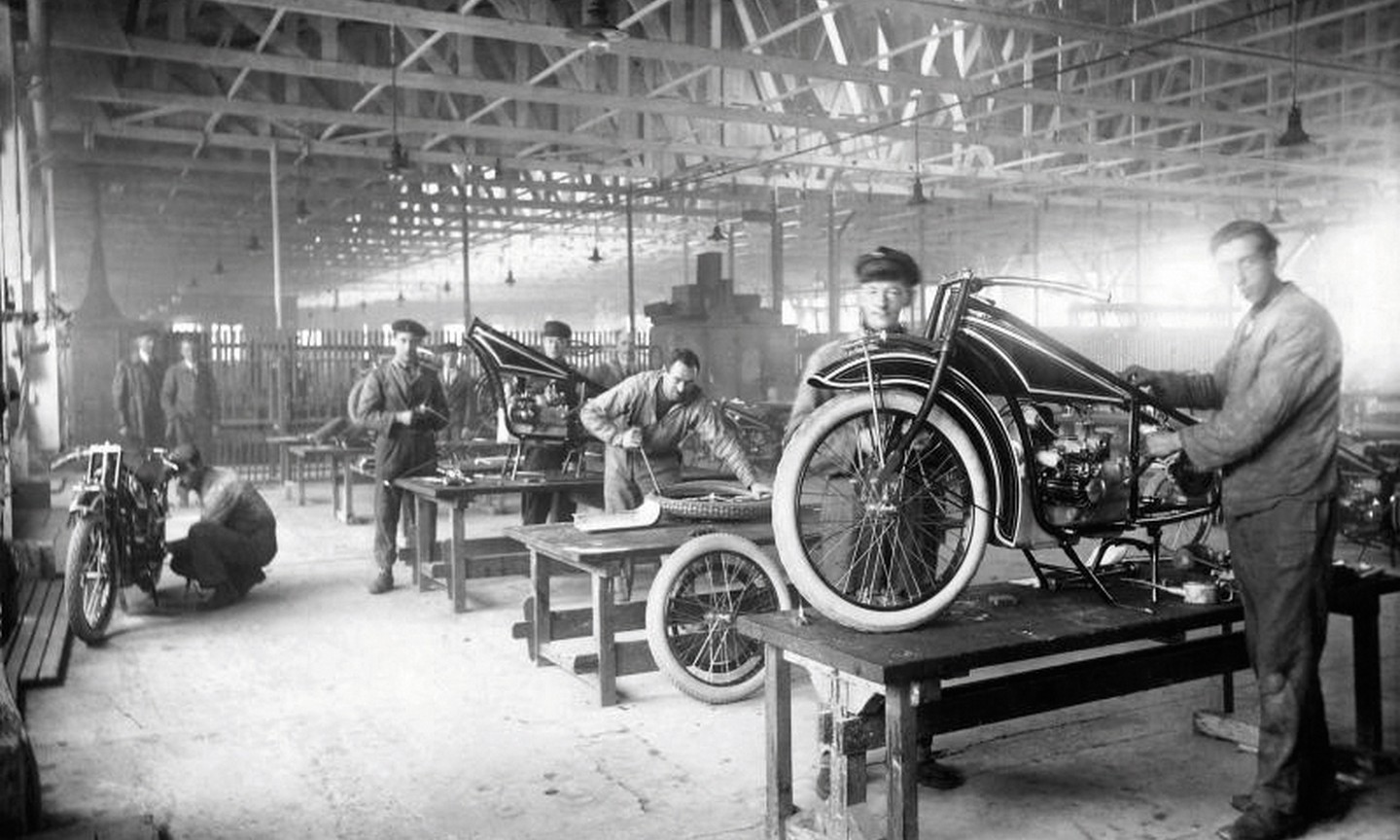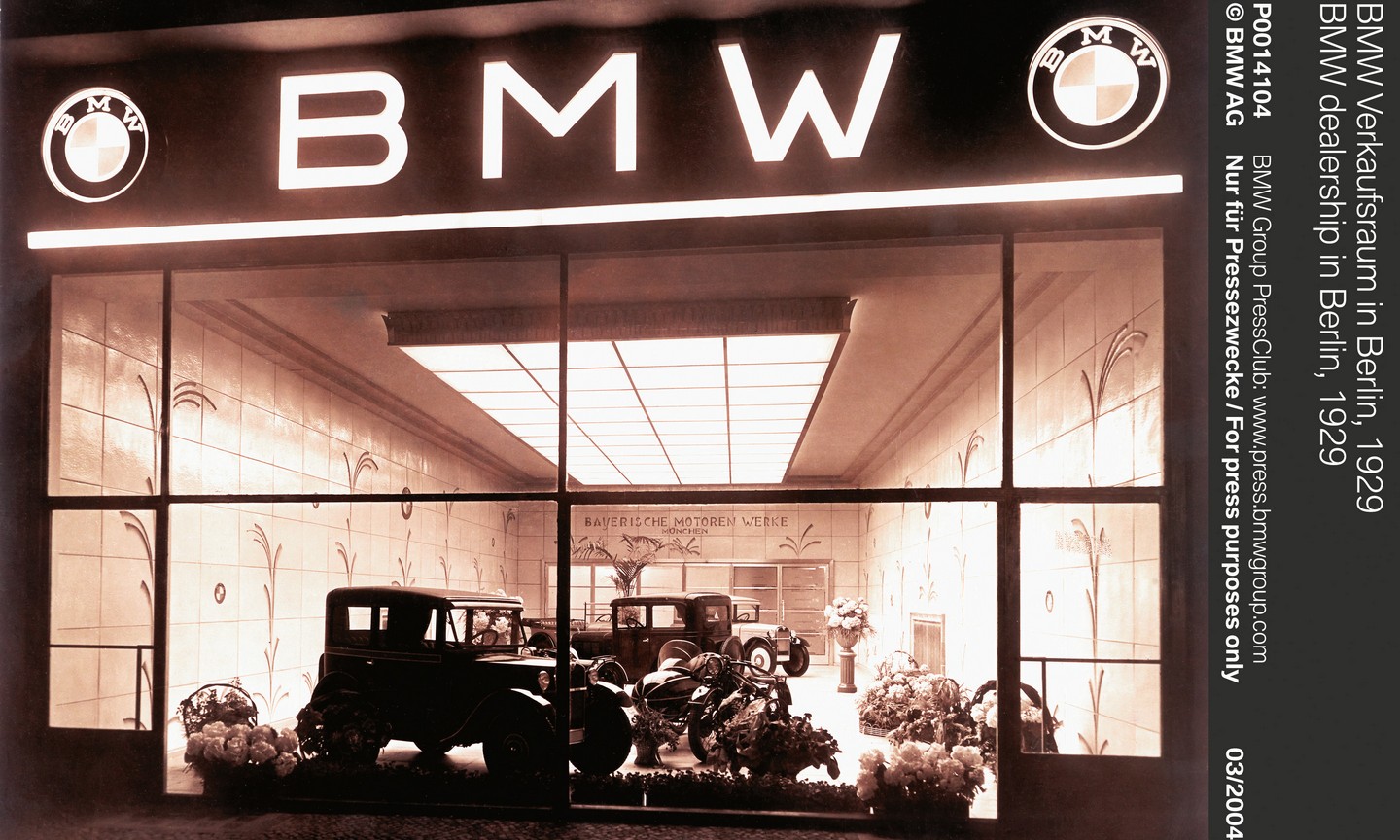How BMW Shaped the Automotive Industry

The history of BMW in the automotive industry is rich with innovation, evolution, and motorsports. From its first model to modern-day achievements, the automaker has always been at the forefront of the car-making world. This innovation has provided the groundwork for modern features, technology, and design aesthetics. BMW has pushed the envelope, forcing the competition to follow suit, and as a result, has left a mark on the automotive world.
By identifying needs and predicting trends, BMW has always stayed ahead, inviting other manufacturers to try and keep up. The result: a company built on hunting down success and invention. This automaker has never just made cars that are more advanced, it's also built machines that are crafted around the driving experience. With its fair share of roots in the motorsport world, BMW understands what it takes to make a vehicle perform well, under any conditions.
Every Great Super Hero Has an Origin Story
The roots of BMW can be traced back to 1916 and the development and merger of several different companies. The names get rather cumbersome, but BMW was formed alongside Rapp Motorenwerke, Bayerische Flugzeugwerke, and Fahrzeugfabrik Eisenach. The end result, after all the shuffling and shifting of those companies, was Bayerische Motoren Werke, or BMW.

Interestingly, BMW didn’t start producing cars until 1928. Before then, it was building railroad parts, engines, and motorcycles, the first of which was seen in 1923. During World War II, BMW focused its efforts almost exclusively on manufacturing aircraft engines for the German air force. In 1948 after the war was over, the very first vehicle wearing the BMW badge to roll out of the factory gates was the R 24 motorcycle, and the first post-war automobile manufactured by BMW was the gorgeous 501, introduced in 1951.
BMW’s famous blue and white logo has been the source of debate over the years as to what it exactly represents. The official description from BMW is that the alternating blue and white quarters represent the Bavarian flag, rather than the rotating airplane propeller that some have said. To be fair, BMW did allude to that imagery in the late 1920s in the company’s advertising.
Unlike many of its contemporaries, BMW has managed to remain an independent company. In fact, they have become the purchaser of several different brands, such as MINI and Rolls-Royce, which they acquired the branding and naming rights to in the early 2000s.
From the Track to the Street
Like many manufacturers, BMW has an illustrious history in motorsport. The year 1972 saw the formation of BMW Motorsport GmbH, the racing arm of the company. And the rest, they say, is history. BMW cars of every shape, size, and model have taken the checkered flag at racetracks across the globe. The brand has become a staple figure in numerous racing series and continues to be victorious to this day.

Committed to Evolution
The list of famous nameplates to come out of BMW factories is almost without end: 2002, Isetta, 3-Series, M5, M1, and the list goes on. Complementing that lineup of traditional vehicles are the BMW i3 and i8. These two wildly different vehicles share a similar philosophy: cutting edge technology, hybrid-powertrains, and lightweight materials, redefining what an automobile can be. The future of BMW is bright, and these two cars are leading the charge.

BMW is still committed to changing the automotive industry, and it remains a leader in efficiency, performance, and luxury. Visit BMW of Silver Spring at 3211 Automobile Blvd, Silver Spring, MD 20904 or contact our sales staff online today and let us show you how the rich history of BMW has helped this brand generate some of the best vehicles on the market today.
Image Credit: BMW Marketing Central
